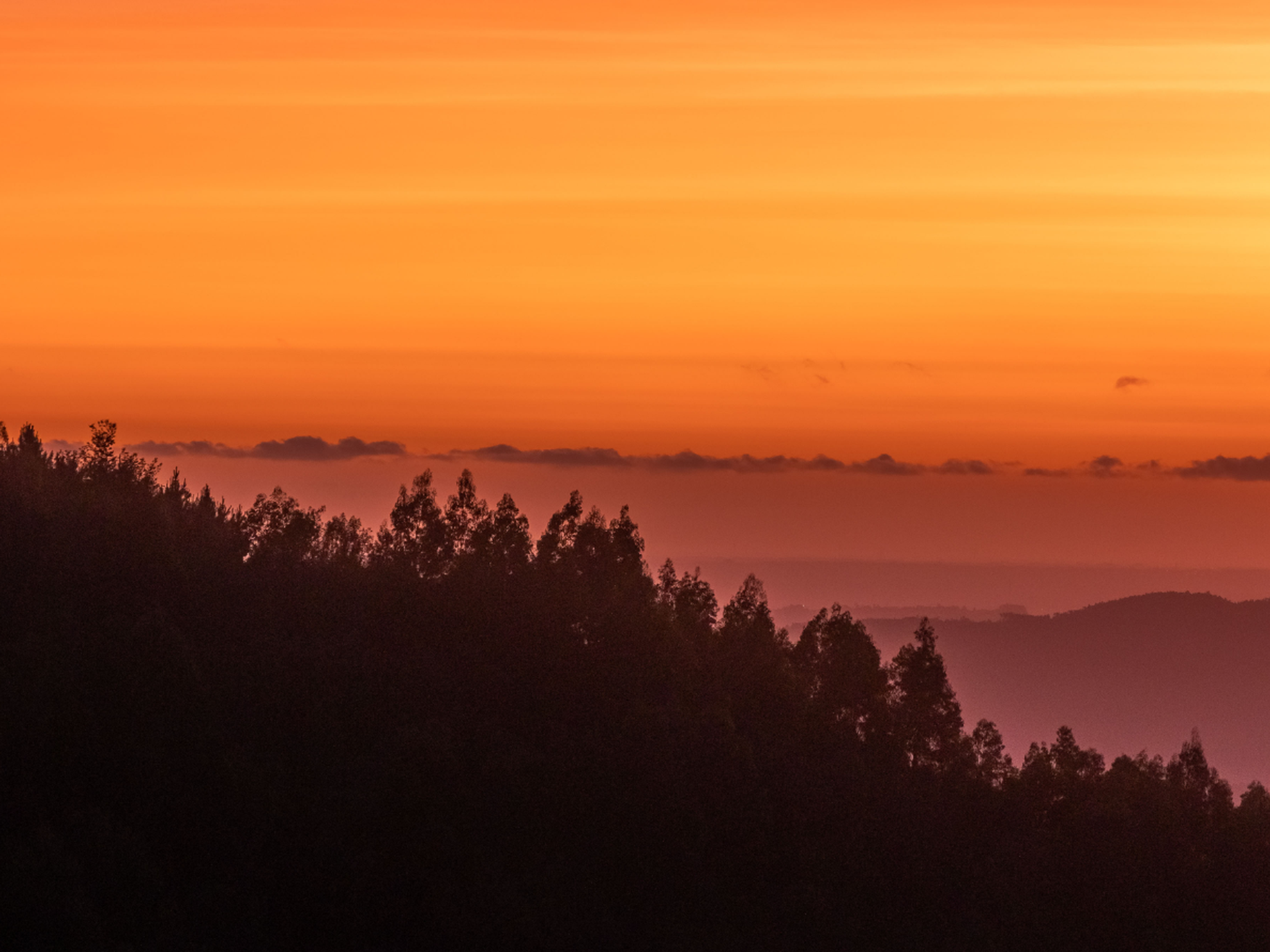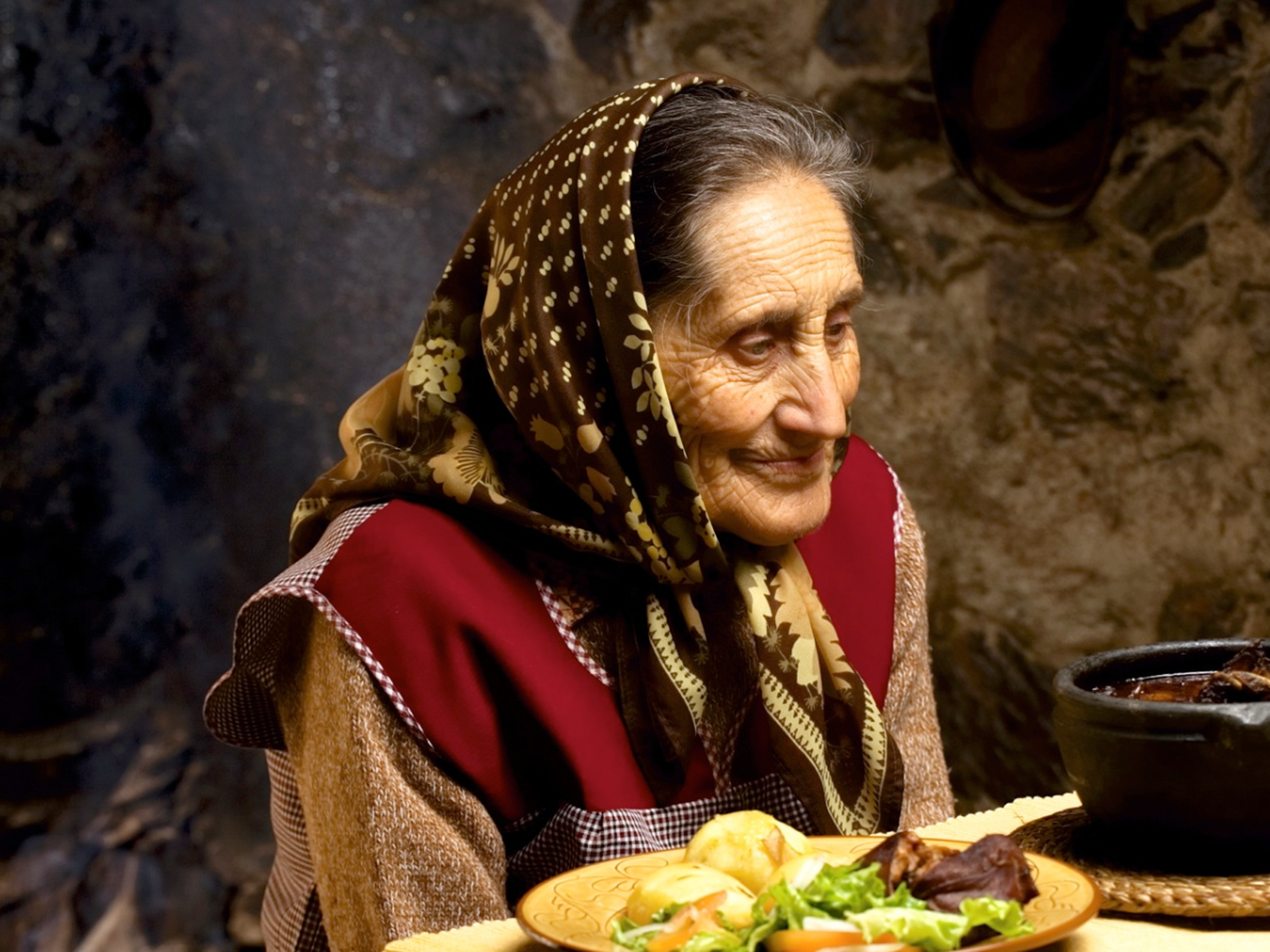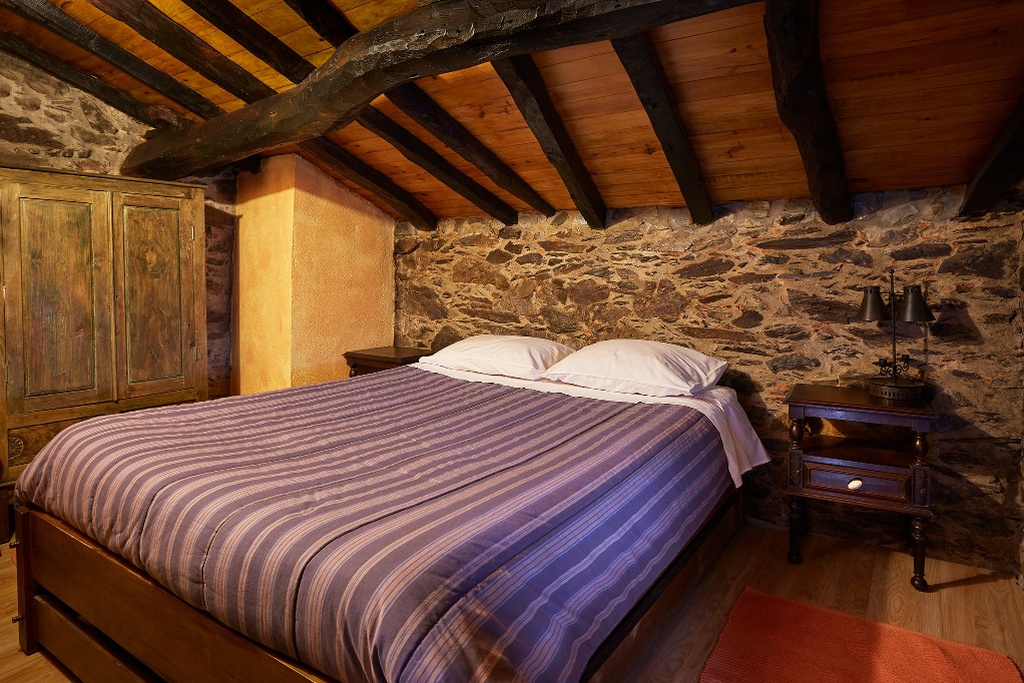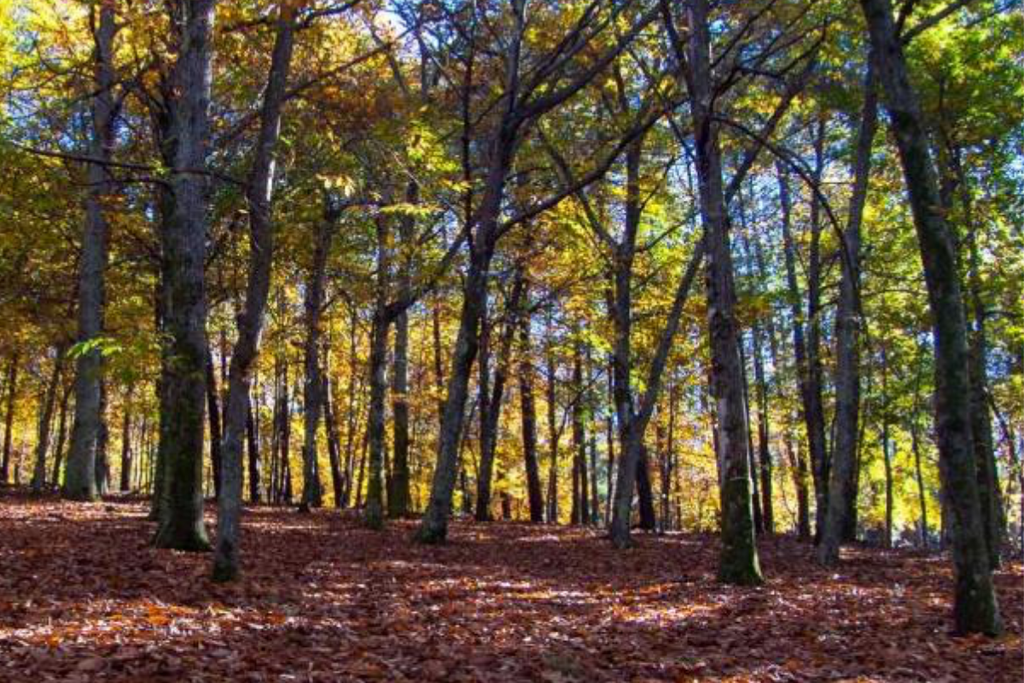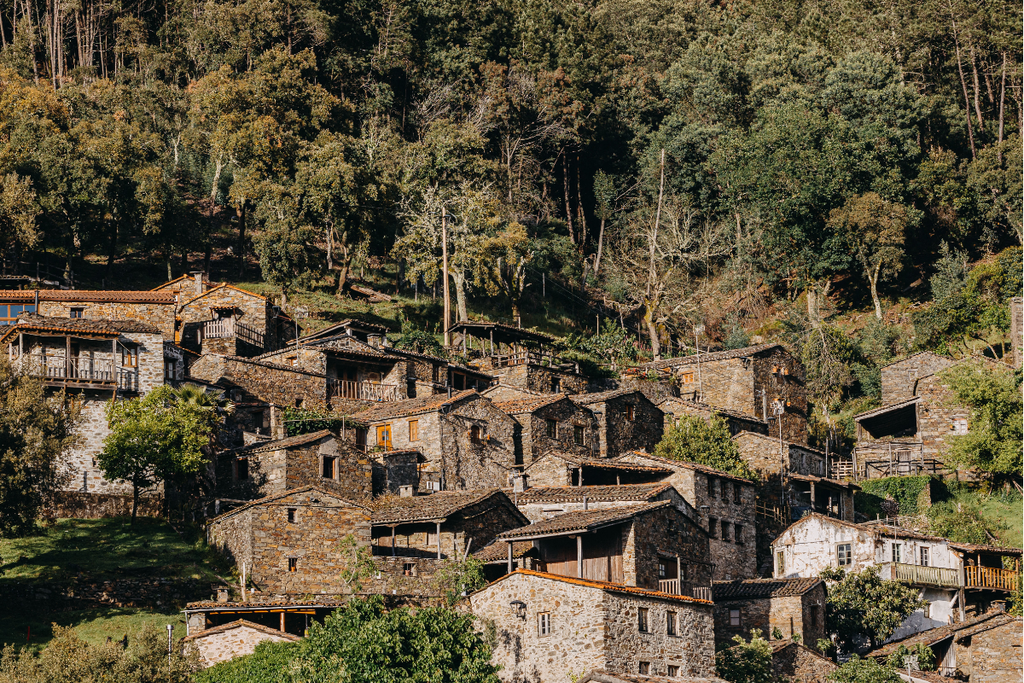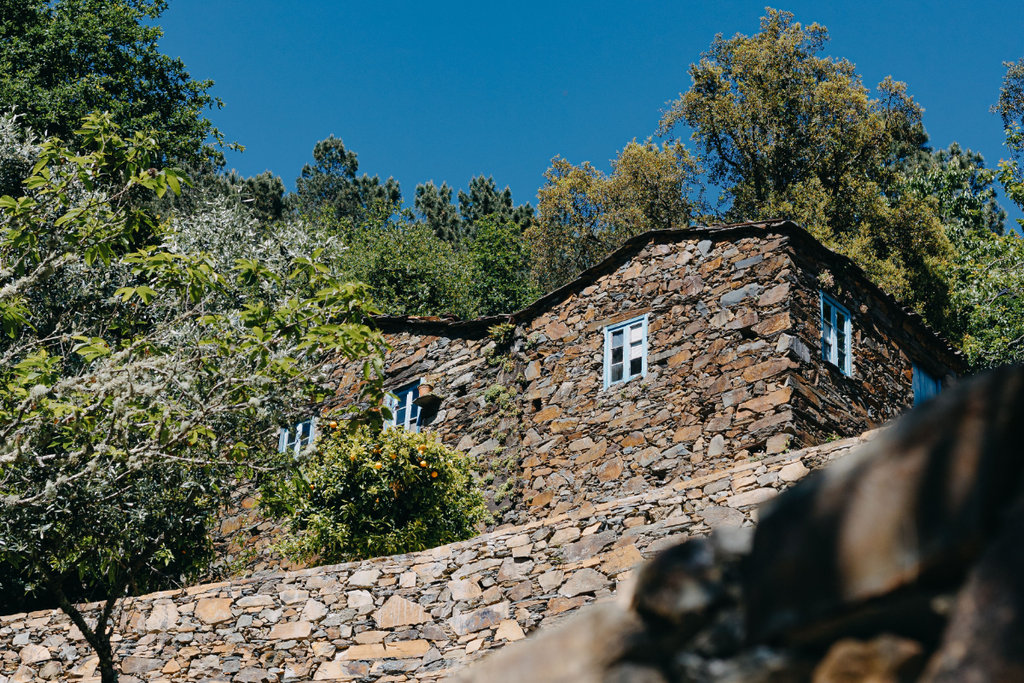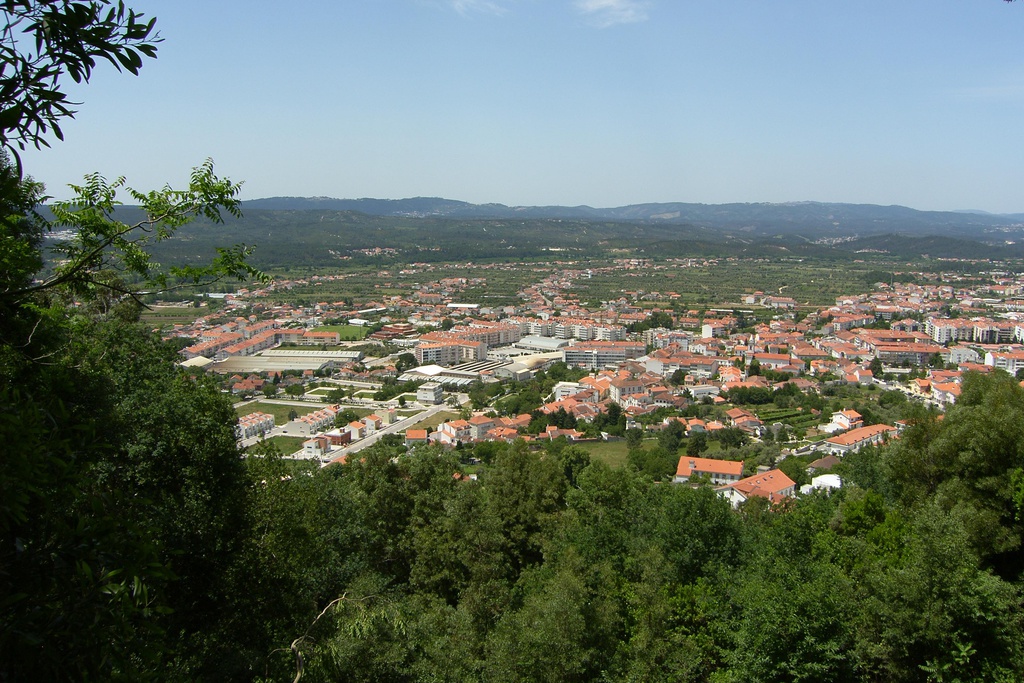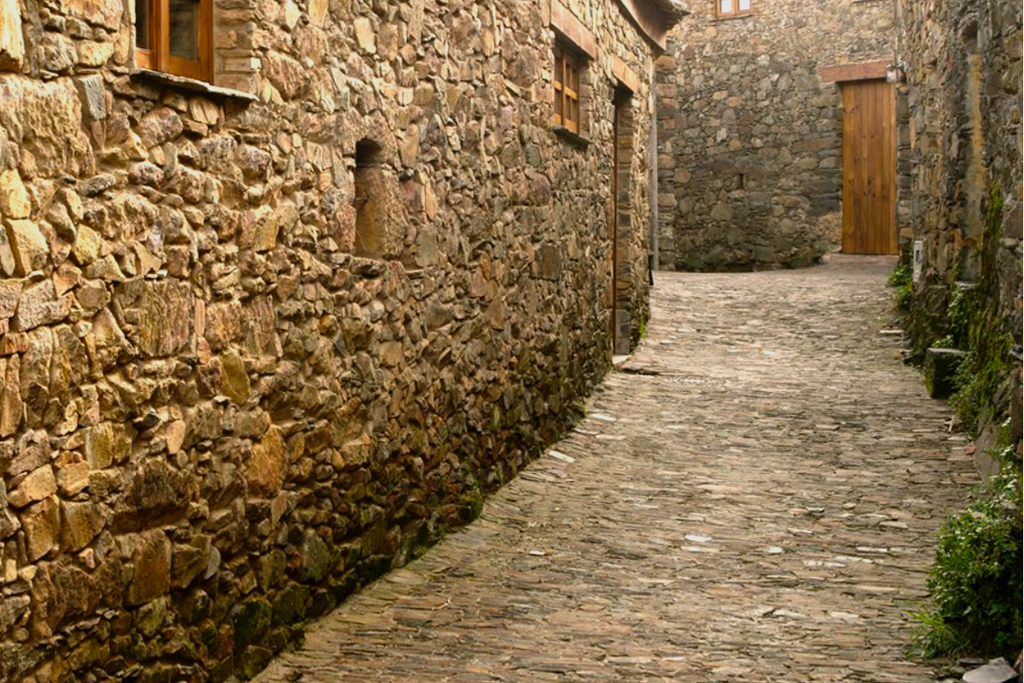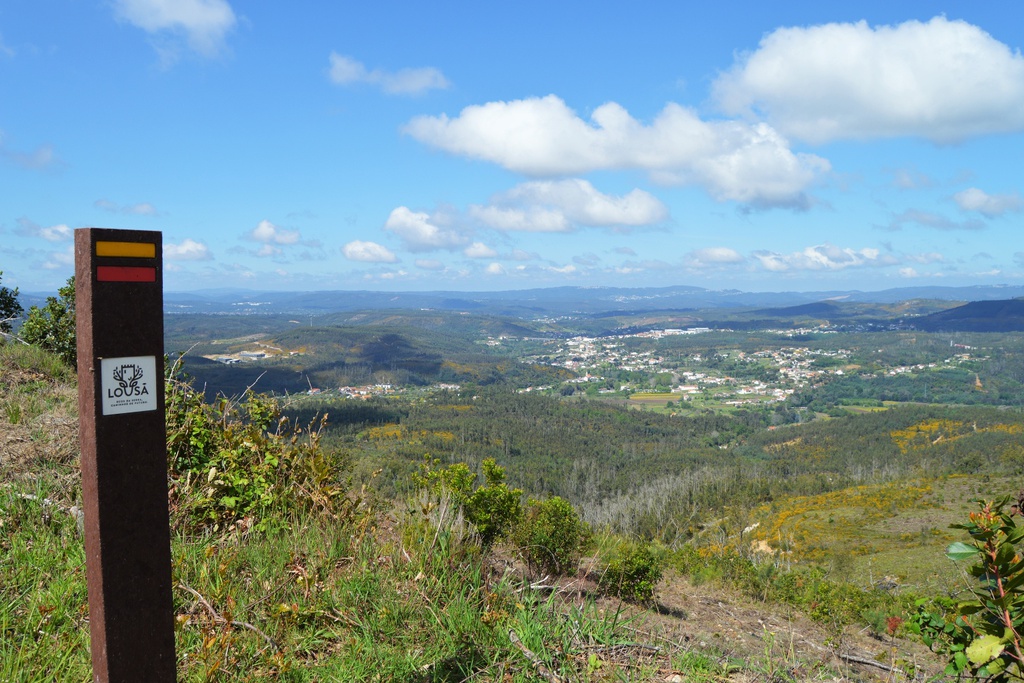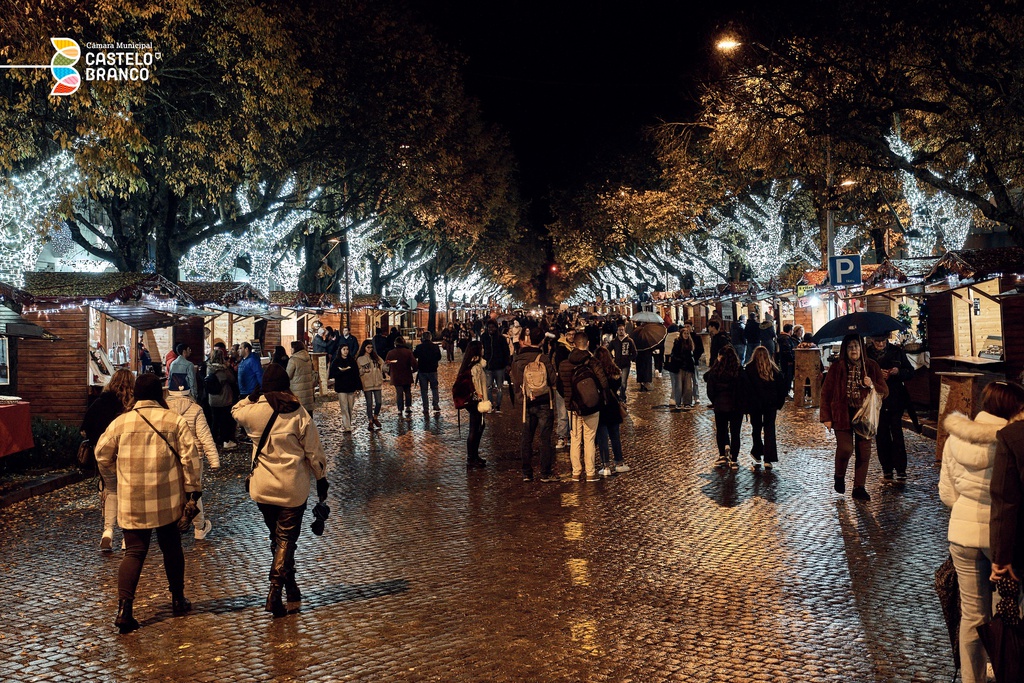For a long time now, this is the Schist Village of the Serra da Lousã that has lent most visibility and charm to the group because of its size and layout, but also because of the many details of the restoration of its houses. And also by the way the village seduces us through the mouth.
The spring and tank emit a melody that accompanies our visit. The houses are adorned with vine branches.
The main street follows the slope of the hillside, a steep climb. Off it run lanes and alleys, which create a spirit of discovery making everyone want to explore in the expectation of a surprise around the next corner.
Explore this village deep in the magical world of the Serra da Lousã, hidden among lush vegetation where red deer, roe deer, wild boar and many other species lurk. Here nature reigns, sensitive and demanding respect. But it offers endless possibilities for leisure and active sports. Here one feels the pulse of the earth and its communion with men when the villages are seen from a distance. They appear to have sprung naturally from the schist ground like the trees.















